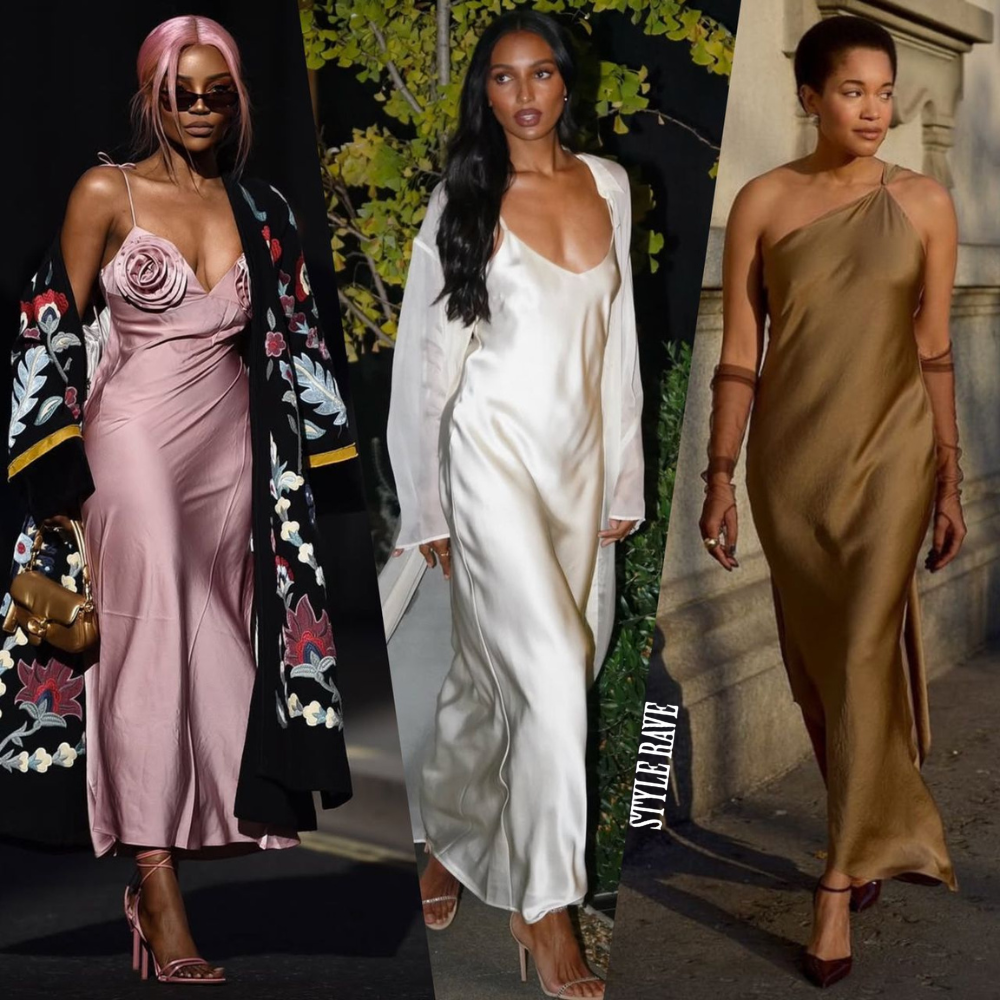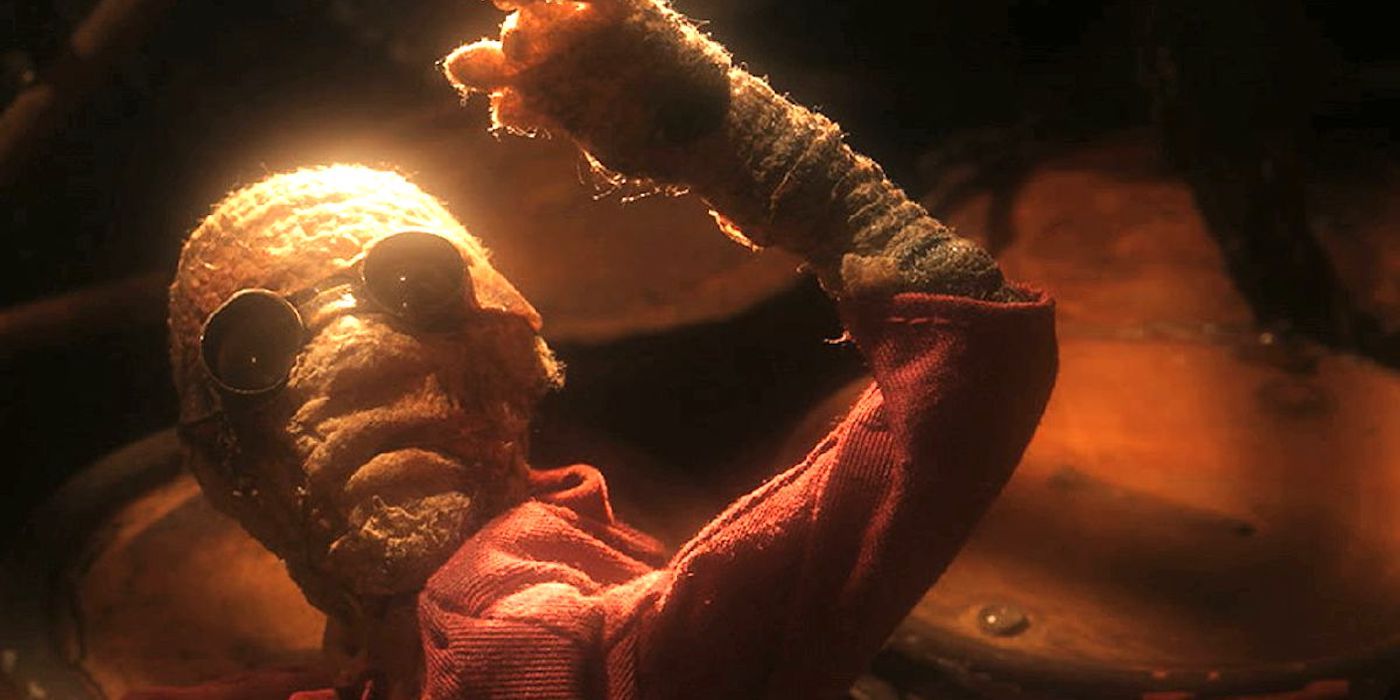
Recovering shopaholics turn to crafting
The phenomenon of “deinfluencing” on social media marks a significant shift in consumer behavior, as an increasing number of individuals reassess their spending habits and the resultant environmental impact. This movement, gaining traction across various platforms, encourages users to question the necessity of purchases and the allure of trends promoted by influencers. By challenging the relentless push towards consumerism, deinfluencing fosters a more mindful and sustainable approach to consumption. It not only prompts individuals to reflect on their own buying decisions but also highlights the broader implications of these choices on environmental degradation and waste. In doing so, deinfluencing serves as a counter-narrative to the traditionally influencer-driven marketing strategies, advocating for a culture of intentionality and environmental responsibility among consumers.
But in a world where new is always better, sustainable crafting has become a way for people to fulfill their dopamine quotas while avoiding the “add to cart” button.
“As overconsumption falls out of trend, it makes sense that more and more people are gravitating towards sustainable crafts. Upcycling and thrifting have been seen as the new fashion trend,” shares Corey Pearson, Master Quilter at Linda’s Electric Quilters.
Sometimes the best form of shopping is taking out your reusable tote and browsing around your home – you may even find materials you forgot you had!
“Quilting can be the perfect option if you are looking for sustainable fashion, and can maybe be seen as the ultimate form of recycling. Quilters can save old t-shirt memorabilia, utilize unique fabrics on thrift finds, and create designs unique to themselves – all while reusing old materials,” says Pearson.
The movement towards sustainable crafts not only promotes a more eco-friendly lifestyle but also encourages creativity and individuality in a world dominated by mass production. Crafting, especially quilting, allows individuals to express themselves through their choice of patterns, colors, and materials, creating something truly unique. This shift towards handmade and personalized items reflects a growing desire among consumers to step away from the homogeneity of fast fashion and disposable culture. By investing time and skill into creating something by hand, people find a deeper connection to their possessions, valuing them more and thereby reducing the cycle of consumption and waste.
The community aspect of crafting has seen a resurgence, with online platforms and local workshops bringing people together to share skills, ideas, and materials. This sense of community not only fosters a supportive environment for learning and growth but also helps spread the message of sustainability through crafting. As people come together, they create a collective knowledge base that can lead to innovative approaches to upcycling and sustainability. This communal effort amplifies the impact of individual actions, making sustainable crafting a powerful tool in promoting environmental awareness and change.
Financially, embracing sustainable crafts like quilting can lead to significant savings. The initial cost of materials can often be low, especially when upcycling or thrifting, and the end product is a high-quality, bespoke item that can last for years, if not generations. This contrasts sharply with the buy-and-throw-away culture encouraged by fast fashion, where items are often poorly made and designed to be temporary. By choosing sustainable crafts, individuals not only benefit the planet but also their wallets, as they invest in items that don’t need to be frequently replaced.
Lastly, the rise of sustainable crafting represents a paradigm shift in how we view our resources and the impact of our consumption habits. It challenges the conventional wisdom that new is always better and that convenience should come at any cost. Through the meticulous selection of materials, the thoughtful process of creating, and the celebration of the finished product, sustainable crafting offers a meaningful alternative to the fast-paced, disposable culture of today. It’s a movement that not only beautifies our homes and wardrobes but also our planet, making it an increasingly important part of the conversation on sustainability and consumerism.























































![Social Media Spring Cleaning [Infographic] Social Media Spring Cleaning [Infographic]](https://imgproxy.divecdn.com/9e7sW3TubFHM00yvXe5zvvbhAVriJiGqS8xmVFLPC6s/g:ce/rs:fit:770:435/Z3M6Ly9kaXZlc2l0ZS1zdG9yYWdlL2RpdmVpbWFnZS9zb2NpYWxfc3ByaW5nX2NsZWFuaW5nMi5wbmc=.webp)
![5 Ways to Improve Your LinkedIn Marketing Efforts in 2025 [Infographic] 5 Ways to Improve Your LinkedIn Marketing Efforts in 2025 [Infographic]](https://imgproxy.divecdn.com/Hv-m77iIkXSAtB3IEwA3XAuouMwkZApIeDGDnLy5Yhs/g:ce/rs:fit:770:435/Z3M6Ly9kaXZlc2l0ZS1zdG9yYWdlL2RpdmVpbWFnZS9saW5rZWRpbl9zdHJhdGVneV9pbmZvMi5wbmc=.webp)














